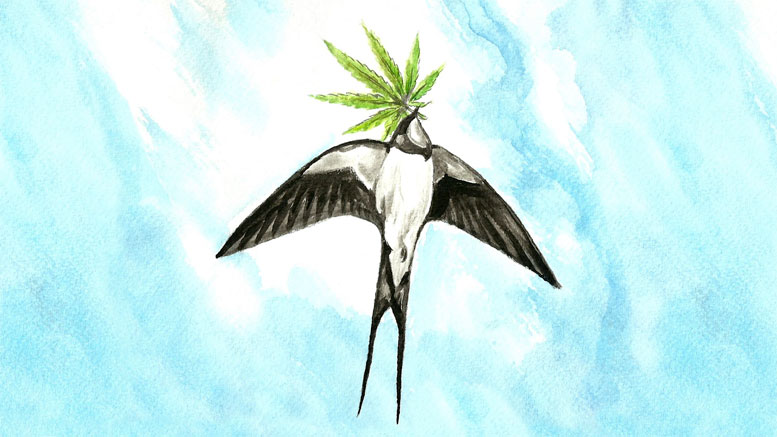
Fresh flock of entrepreneurs push market forward
Poland’s modern-day hemp story begins in Vilnius, on March 14, 1930. That’s where, at an experimental agriculture station set up in cooperation with the Stefan Batory University, in lands then under Polish reign, that General Łucjan Żeligowski began experiments to develop hemp and flax strains that eventually would be widely used across Europe.
Żeligowski, a contemporary and close friend of renowned Polish military hero and political leader Marshal Józef Pilsudski, gathered experts who began to study bast fiber plant varieties from Vilnius east into former German lands ceded to Poland after World War II.
It was on the heels of the war, in 1945, that Żeligowski’s initiative and many of its bast fiber experts relocated to the central western Polish city of Poznań to join with an institute under the direction of Dr. Janusz Jagmin, a professor in the university there. With a post-war mission to rebuild now Communist Poland’s bast fiber and wool industries, Jagmin oversaw the construction of 25 factories for retting, spinning and weaving, and set up research facilities to advance those processes with a new generation of machines while also establishing field laboratories for agronomic experimentation.
Internationally renowned
Operating today as the Institute of Natural Fibers and Medicinal Plants (in the Polish acronym IWNiRZ), the fruits of Żeligowski’s and Jagmin’s pioneering work make up one of the most well-known natural fiber research centers in the world, with partner organizations all over the globe. And while the Institute struggled in the post-communist days that started in 1989, hemp’s recent worldwide revival has greatly contributed to a renewed 21st century purpose – and vast commercial potential – for IWNiRZ and the scientists and researchers who today scurry around the Institute’s leafy Poznań campus.
IWNiRZ started to realize its commercial potential in 2015 when it began to use green matter it was leaving behind after harvesting contracted fields for fiber and seeds. The result was Hemp Element, a CBD brand now available in pharmacies, herb shops and health-food outlets all over Poland.
The success of that product spurred the Institute to begin looking into development of a broader portfolio of commercially viable products based on ongoing R&D projects in hemp composites, plastics, textiles, building materials and foods as well as machinery and processing technology.
21st century pioneers
Meanwhile all across Poland an ambitious, creative cadre of young entrepreneurs are fueling a small but fast-moving hemp revival, producing and marketing everything from food and drinks to building materials. That’s creating increasing demand for locally-grown hemp, and therefore steady expansion of Polish hemp fields, expected to grow to around 1,300 ha (3,200 acres) this year, nearly double the 2016 hectarage of 700 (1,700 acres).
And hemp would seem to be a perfect crop for the Polish agriculture sector, which suffers the lingering after-effects of socialist policies imposed during the post-WWII period to 1989, which resulted in fundamental structural inefficiency in its rural areas.
While 97% of Polish farmland is now in private hands, the average farm is a mere 8 hectares (20 acres) while the majority are as small as 1.0 ha (2.5 acres), held by farmers who work their micro plots on a “from my field to my table” basis – with very little outside commercial activity, leading to stagnating local economies. Growing hemp, particularly for CBD and other cannabinoids, could lift the economic fortunes of the nation’s rural towns and villages.
Beyond that potentially lucrative end product, a handful of Polish entrepreneurs are already creating localized value chains in which they are growing, processing, packaging and marketing hemp-based products to nearby shops in a Community Supported Agriculture model that could be replicated in other depressed farming areas.
Export potential
Serving other European markets – especially with hemp foodstuffs – is also an opportunity for Poland, a proven exporter. The country, for example, is one of the largest suppliers of apples and berries in the world.
Finally, there is a wide range of European Union farm support programs available to Poland that could help to revive the sector – funds that often go unclaimed due to a lack of the innovative ideas they seek, much to the lament of Polish agriculture officials.
Add in Poland’s rich hemp history, its vast, fertile farmland, and a growing demand for healthy, eco-friendly products among the rising middle class, and the nation of 38 million looks poised to become a clear leader in Europe’s broader hemp resurgence.
No comments:
Post a Comment